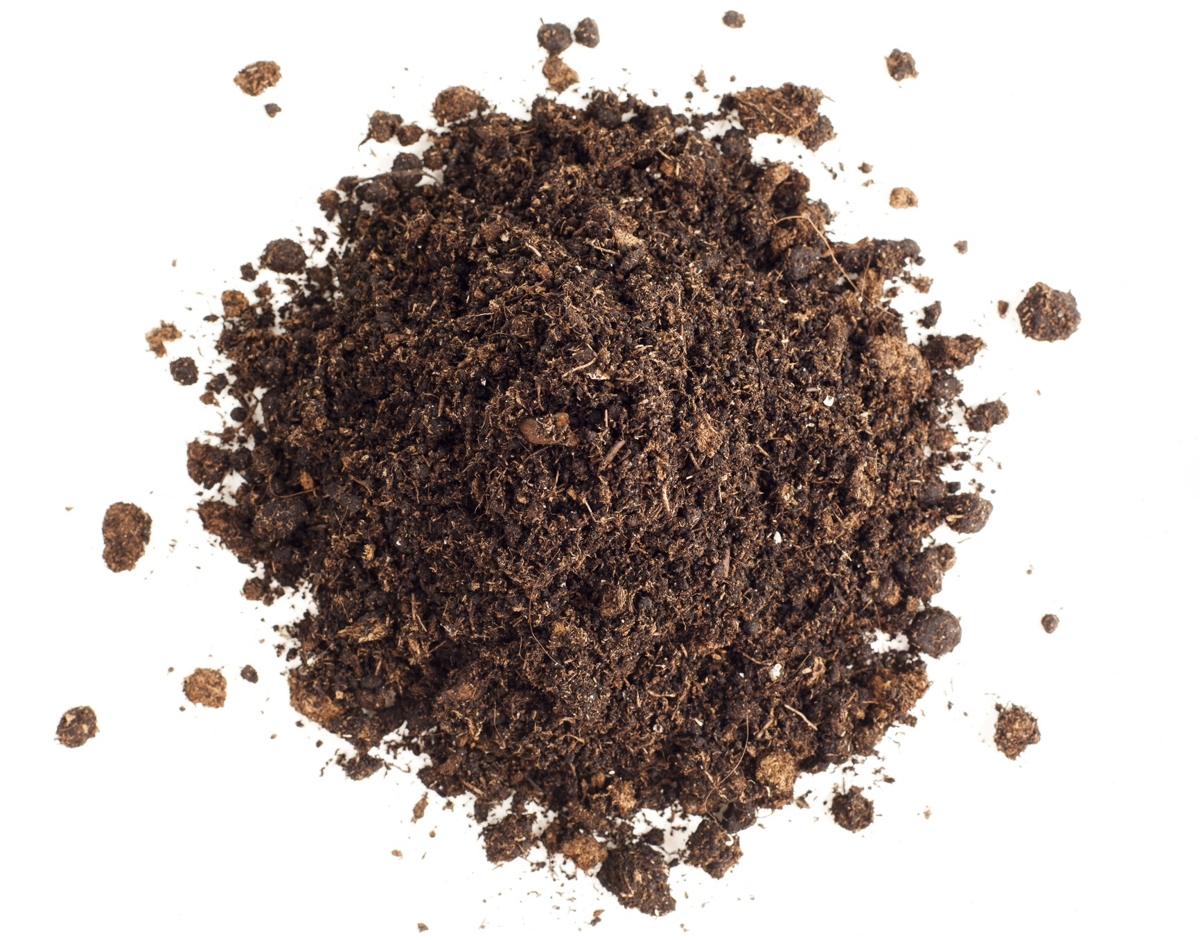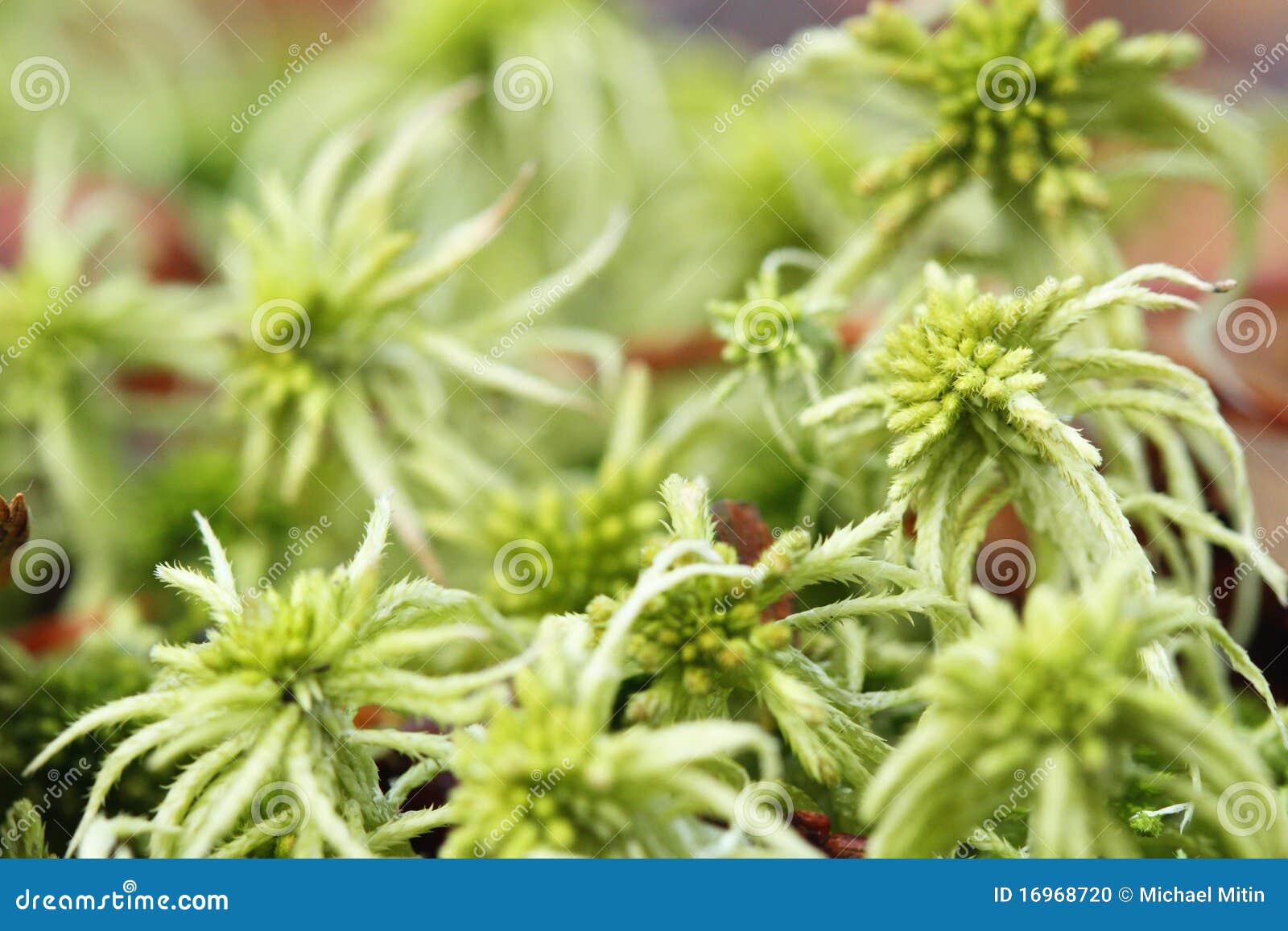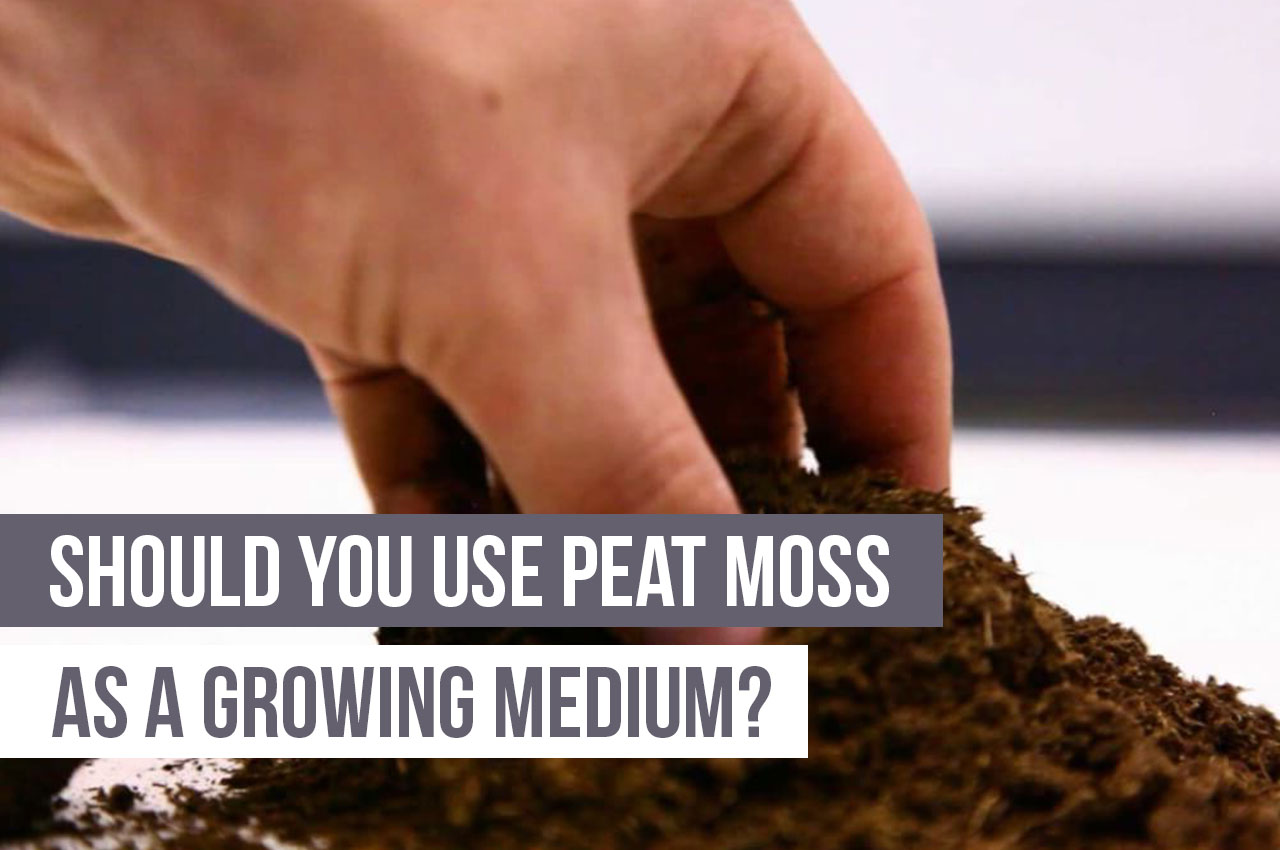

Due to this system, horticultural plants are increased by yield in soilless culture compared to culture of conventional soil. For controlled conditions in the growth field, this conservated system is used. In precious crop production, soilless culture systems in greenhouses are advised as alternative system to conventional production.

In general for the greenhouse plants, this system is used to maximize the productivity of crops and utilizing from all inputs in an efficient way for commercial production. The crops under systems of modern cultivation which is dealing with soilless culture consume substrates in organic and inorganic forms for nutrition of nutrient solutions. In the present novel review, we discuss the peat use in horticulture. This makes peat a highly productive growing medium.

Instead of this, the organic matter is laid down and accumulates in a slow time as peat due to the oxygen deficiency in the bog. The conditions seem like the development of mosses.

As an organic material, the peat forms in the acidic, waterlogged, and sterile conditions of fens and bogs. The use of peat for agriculture and horticulture is determined by the following quality parameters: the degree of decomposition, ash content, pH, the presence of carbonates, the density of the solid phase, bulk density, and porosity. Peat is used in horticulture as a component of garden plant substrates, in agriculture for the production of garden soil and as an organic fertilizer, and in balneology as a material for baths and wraps. Between the several organic matters which are used as substrate for horticultural plants cultivation in soilless conditions, peat is the unabandonable ingredient for mixtures for commercial production of plants. Peat is a spongy substance which is an effect of incomplete decomposition of plant residues in different stages of decomposition.


 0 kommentar(er)
0 kommentar(er)
